We were lucky to catch up with Rita Leduc recently and have shared our conversation below.
Rita, thanks for joining us, we are excited to have you contributing your stories and insights. What’s been the most meaningful project you’ve worked on?
I am currently in the final phases of installing an exhibition at Plymouth State’s Museum of the White Mountains entitled Extending Ecology: Making Meaning with The White Mountains. The exhibition was born from an ongoing collaboration between myself, ecologist Dr. Rich Blundell, and Hubbard Brook Experimental Forest. Our intention is to function as emissaries of the forest, sensing nature’s intelligence and offering it back into the world. The introductory text of the exhibition frames the project in our planetary moment of social, ecological, and technological change. Both personally and conceptually, this project is the most meaningful one I have worked on thus far.
Some backstory: I’ve been making place-based work for as long as I’ve had a creative practice. I was brought up to prioritize creative engagement with the living world, so when I began making art formally, it was a no-brainer to collaborate with the environment. I embarked on a practice of deep listening and rigorous participation to investigate – by sitting with and then escaping out of – existential anxieties. What I found was that this investigation formed a relationship. Through that relationship, I was able to access intelligence, understanding, and connection. By 2017, I had built four bodies of work from four different sites. Each series was about listening, deciphering, engaging with, and honoring the particular flavor of wisdom accessed from my participation with each location.
But these sites were at residencies or around my home studio space (at the time, Brooklyn). Although I cared deeply about my “friends” (the sites), it was hard to find venues that understood why they, too, might care. So I started brainstorming preexisting communities that cared about place. Field stations seemed a good place to start, plus I liked their relative interdisciplinarity. Dotted throughout the country (and world), field stations support a community of researchers who are all investigating a place, mostly from the vantage point of the natural sciences.
Fast forward a few years and I had a team: a human collaborator (ecologist-turned-cultural communicator Dr. Rich Blundell), an environmental collaborator (Hubbard Brook Experimental Forest or HBEF), and a locational expert /overseer (HBEF’s Team Leader, research ecologist Dr. Lindsey Rustad). The plan was for Rich and me to share our practices and engage with each other using concepts from Oika, a philosophy of ecological intelligence. In Fall 2021, the Oika collaboration “Extending Ecology” began.
The exhibition we are opening this October shares our past two years of experimentation, collaboration, conversation, and meaning cultivation. It takes the viewers from the intimate – hikes to the gorge, moments at the waterfall, encounters with a mushroom or my favorite tree – to the infinite – meditations on the lifespan of gratitude, the fulfillment of cooperation, the wisdom of perspective. In the context of our current times, we take this opportunity to engage with Hubbard Brook seriously, and our experience thus far has affirmed our belief in the intelligence embedded such a reflexive relationship. This exhibition is one way of sharing the “results” of this “research,” which is to say, the wisdom and meaning the forest has imparted into us.
Hubbard Brook Experimental Forest is part of the Long Term Ecological Research Network. This has tended toward scientific research, but our research at Hubbard Brook is operating in creative parallel. Much like HBEF’s scientific teams of the past 60 years, Rich and I intend to continue conducting our Oika research and information dispersion. I am humbled to be able to sense and receive in this way with the forest and I look forward to more opportunities to share it abundantly.
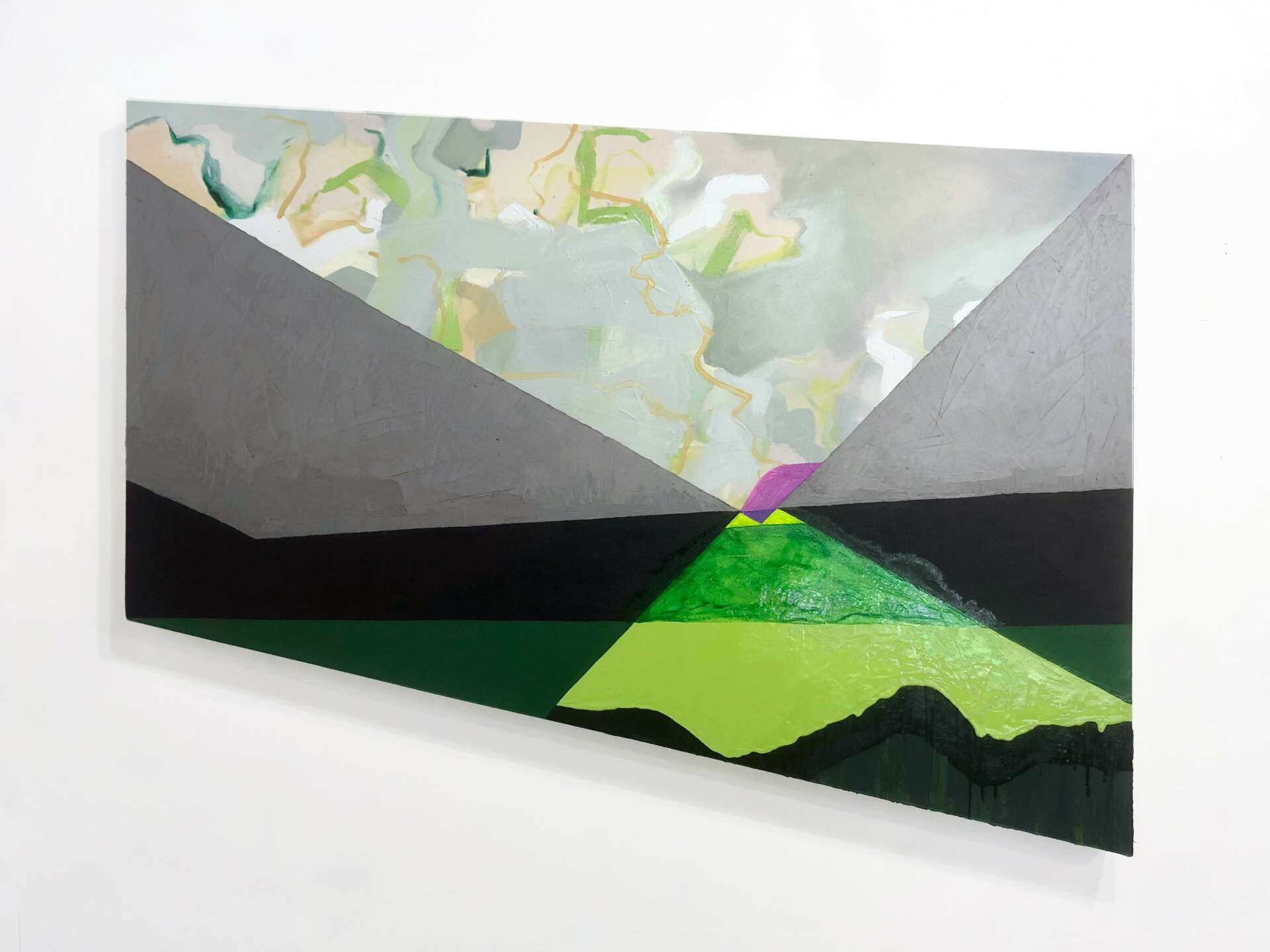
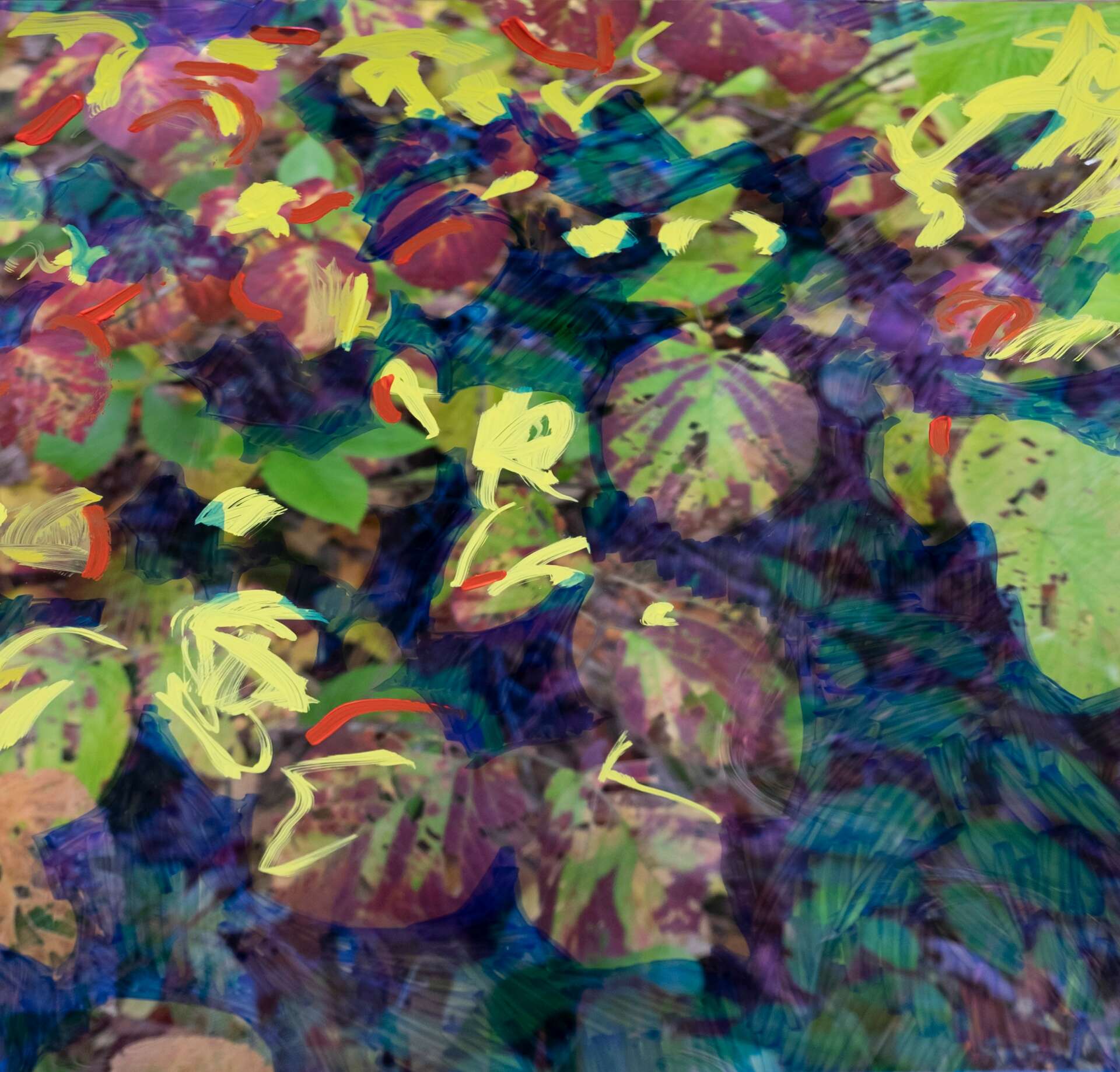
As always, we appreciate you sharing your insights and we’ve got a few more questions for you, but before we get to all of that can you take a minute to introduce yourself and give our readers some of your back background and context?
How did you get into the industry/business/discipline?
As I mentioned above, I was raised to engage creatively with the living world. This preoccupation with creativity and nature proved a priceless ally through both ordinary and unexpected moments of my youth. When it was time, I decided to pursue art professionally because it allowed the opportunity to develop this participation that had gotten me through the world thus far.
However, I was going to be practical; I was going to be a high school art teacher…except that I ended up transferring schools in favor of a stronger art program. Because my new school did not offer secondary education certification, I had the opportunity to be honest with myself: I really wanted to “just” be an artist. So I accepted that and kept an eye on ways to address the financial insecurities that come with such a decision.
I think the rest of my journey into this “industry” is addressed above: why I collaborate with place, and how I believe it to be relevant well beyond the field of art. I would just add that following these passions – creativity and the natural world – and keeping them open and fluid is leading me to increasingly expansive opportunities. In 2014, I created an interdisciplinary research platform, GROUNDWORK, that universalizes practices from my own creative work to help others animate process and cultivate potential. In 2019, I met Rich Blundell and have been engaging with Oika around the world ever since: projects, workshops, talks, courses, exhibitions. I’ve also been consistently teaching since 2011, and this year was particularly fulfilling with the invitation to be involved in Rutgers University’s new minor in “Environment and Creative Expression.”
What kind of products/services/creative works do you provide?
In all my endeavors, I sense and respond contextually to an ecosystem. I listen, absorb, and participate in a way that addresses challenges and reveals potentials. I do this in any space my work takes me be it a forest, studio, classroom, retreat, meeting, workshop, or public event.
Stated more concretely:
• Art practice: Most of my work is for sale and I accept commissions and invitations for talks, visits, workshops, research projects, or exhibitions.
• Oika*: Rich, myself, and others offer workshops, talks, exhibitions, place-based projects, consulting, and courses. *As Rich’s brainchild (though he’d credit nature), Oika is a philosophy that teaches the science of cosmic evolution through a relational lens and helps people cultivate a sense of belonging and purpose in the world.
• GROUNDWORK*: With Chris Bodwitch, I run Research Retreats, Virtual Cohorts, and consulting services. *GROUNDWORK’s core mission is to assist individuals and organizations who are investigating a new idea by guiding them from conception and realization to growth and adaptation.
• Teaching: University level studio art courses including Introduction to Environmental Arts, new this year!
What problems do you solve for clients and/or what sets you apart from others?
I call myself a hallway dweller. By this I mean that I’ve never fit into any one box; rather, I roam the spaces between. This relational modality comes with an aptitude for translating between things, be they siloed ways of knowing or different media in the studio. It also causes me to fluidly experience a multitude of perspectives which results in seeing connections everywhere, across scales. I end up entering situations with deepened understanding, increased malleability, and whole-brain awareness.
While these are hard skills to “sell,” they’re creative process and problem solving skills that are relevant to everything. Through my artwork, Oika projects, GROUNDWORK, and teaching, I offer these skills to clients, participants, colleagues, students, and myself(!) in capacities such as: cultivating and mobilizing latent potentials and pathways; strengthening interdisciplinary communication skills, tactics, and collaboration; embracing vulnerability, bewilderment, and intuition; assessing, adapting, and animating ecosystems (broadly defined).
What are you most proud of and what are the main things you want potential clients/followers to know about you/your work?
I am proud to be doing it! A creative life is risky in this country. I always allocate some of my creative energy to figuring out how to live my values and offer my abilities while simultaneously supporting myself and my family. But something has happened over time: these two things that at once felt in opposition – applying my creative abilities and supporting my family – have slowly fallen into alignment. I attribute this to personal mobilization of the very principles I practice in my art, Oika, and GROUNDWORK. Trusting intuition and vulnerability, listening to and collaborating with the living world, things like that. Circumstances can be really hard and we can’t control our fate, but we can control how we partner with the world. (For more on this last part, visit oika.com.)
As for what to know about my work – and I’ll speak just to my artwork here this time – know that like any good relationship, it’s a long game! The work is cumulative; it’s about everything everywhere as it unfolds to me and through me and with me. Engagement with my artwork will not offer answers but it will offer joy and challenge, surprise and complexity, and a spirited journey toward wisdom. Which – spoiler alert – is an endless journey, but one of infinite inspiration and wonder.
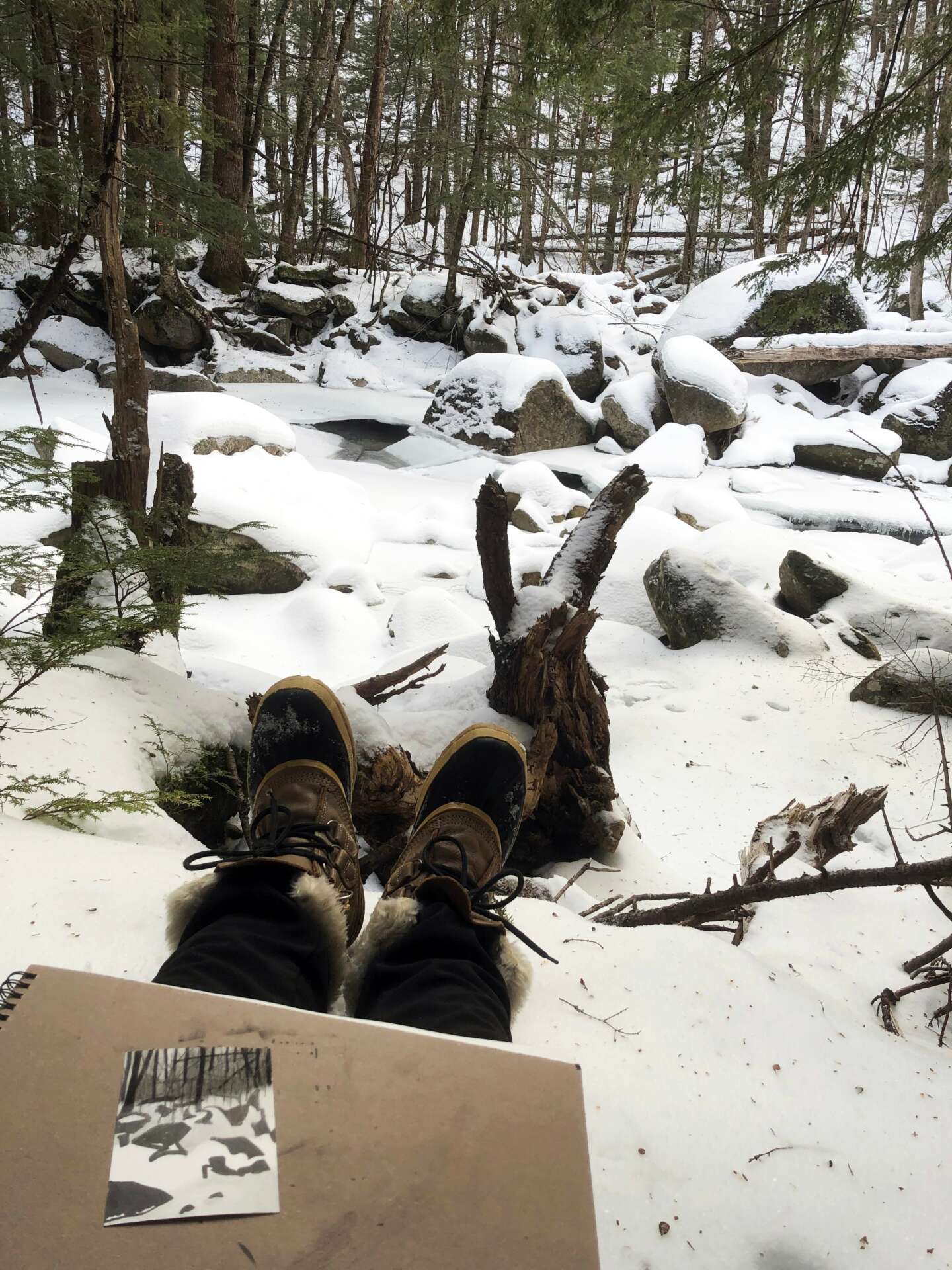
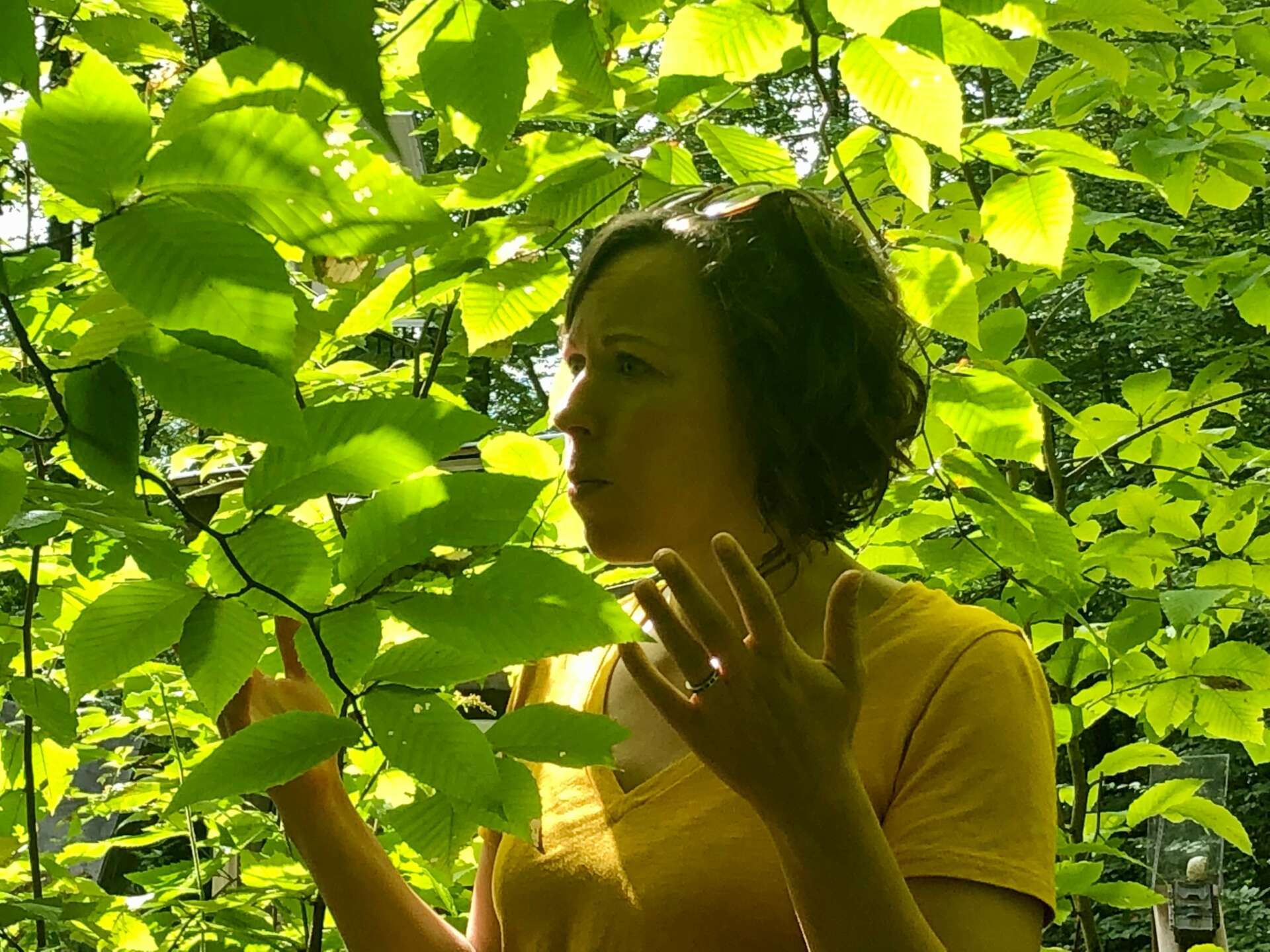
Is there mission driving your creative journey?
The mission of my creative journey is to learn from, participate with, honor, and accept the gifts of the world’s values and teachings. More often than not, this is all achieved simultaneously; that’s the brilliance of its “design.” When I do this, not only do I grow personally but I feel an autonomous impulse – some might say responsibility – to extend. So that’s the second half of the mission: figuring out how to gently, generously, and wisely share it. From what it has revealed thus far, sharing it tends to look like being it.

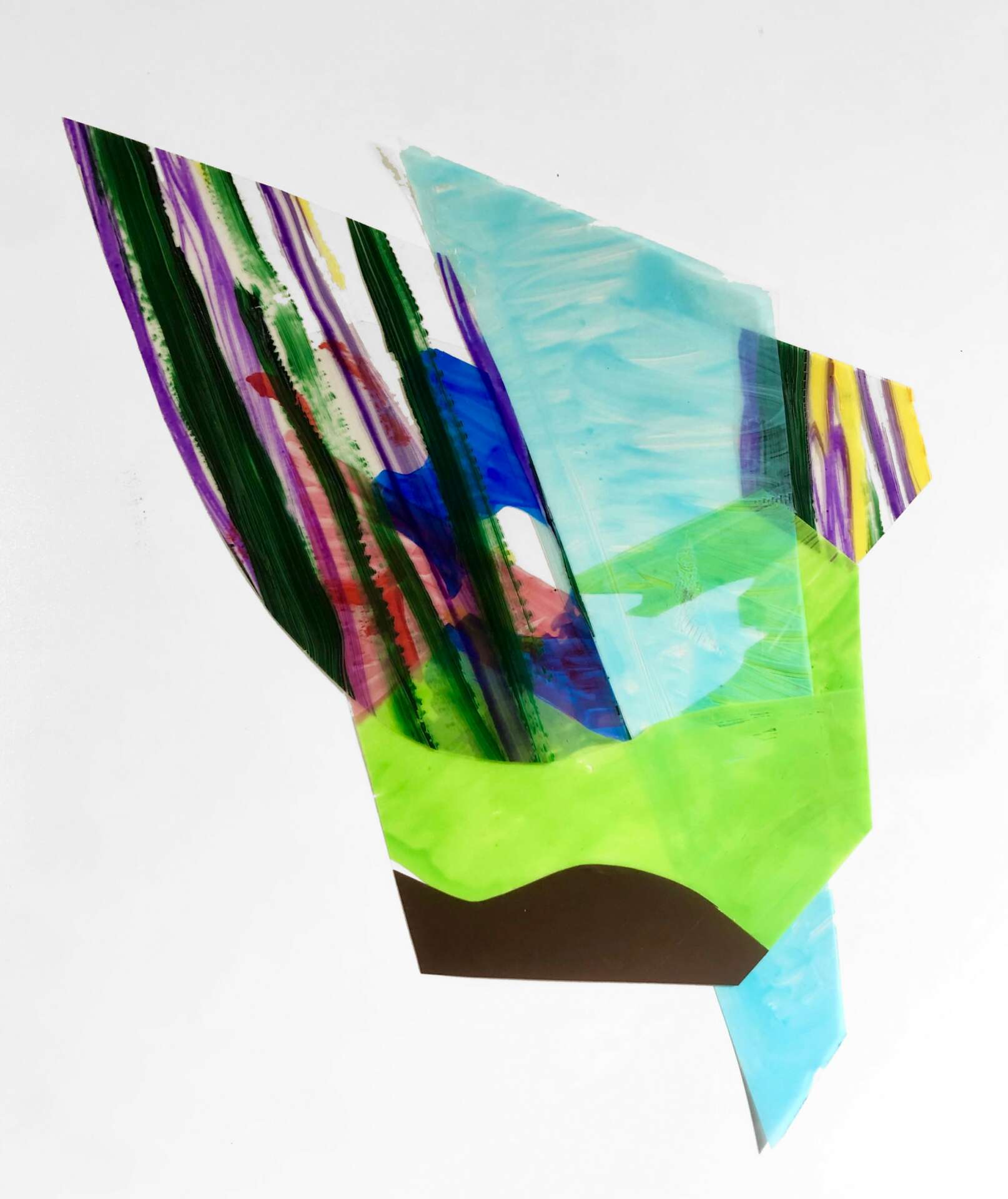
We often hear about learning lessons – but just as important is unlearning lessons. Have you ever had to unlearn a lesson?
A lesson I have had to re-learn is that the quantitative or objective achievements we link to terms like “success” are at best, a fraction of the picture and at worst, not success at all.
Growing up, my parents were not shy about countering claims or behaviors that had residue of the establishment on them. My dad reported to his state government job proudly in his jalopy, touting a little ponytail “to remind them I am different.” My mom worked tirelessly to provide her children as well as her pre-K students with experiences that were as close to home- and hand-made as possible. Rather than emphasizing our future, they emphasized hard work and intentional engagement with the world.
As it turned out, my hard work and intentional engagement earned me a scholarship to a prestigious university. It was an invaluable experience for which I am extremely grateful. But it was also there that I was finally – inevitably – introduced to more mainstream definitions of “success.” I could feel these definitions pushing their way to into my psyche, attempting to override the meanings that my upbringing attached to such words. I was down a couple wisdom sources, too: I had lost my father a few years prior and my art training kept leading me further from the rural ecosystems that grounded me. Still, after I earned my MFA, I entered the New York City art scene.
Living in the heart of the art world, I met wonderful colleagues and friends whose support I still receive and value tremendously. But at a certain point, I had to acknowledge that something was not in alignment; I could feel a shift solidifying that I was not okay with. It had to do with a sense that these more institutional definitions of “success” were becoming the dominant, unquestioned connotations of the term. With this came a shift in professional and personal expectations and consequences. None of it sat well with me. I felt far from the kind of creative engagement with the world that started me on this path.
My impulse to resist this is how GROUNDWORK was born: a periodic escape to embrace deep, natural truths. It’s also how my partner and I ended up moving our family out of the city and into the woods where we now embrace such truths daily. And it’s how I ended up engaging with Rich and Oika, which led me to lean so far into these truths that I’ve fallen in. Four years of submersion in Oika has revivified, cohered, and enhanced all that came before it.
Now I’m swimming in a vibrant, reciprocal ecosystem where the lines between supporting family, pursuing passions, growing professionally, and living life are increasingly blurred. It’s forever a work in progress, but I’m pretty sure this is what real being-in-the-world feels like. If that’s not “success” then I don’t know what is.

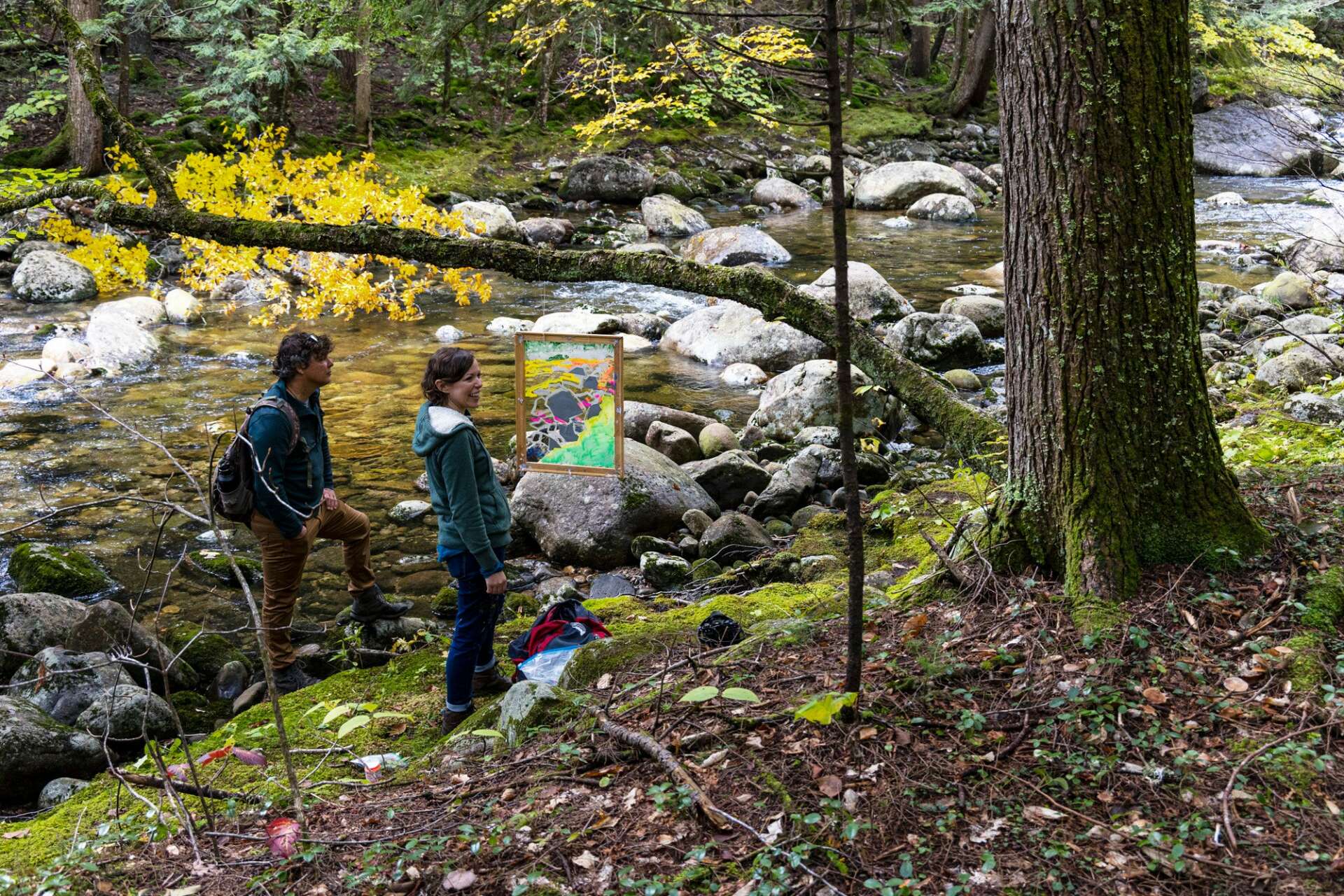
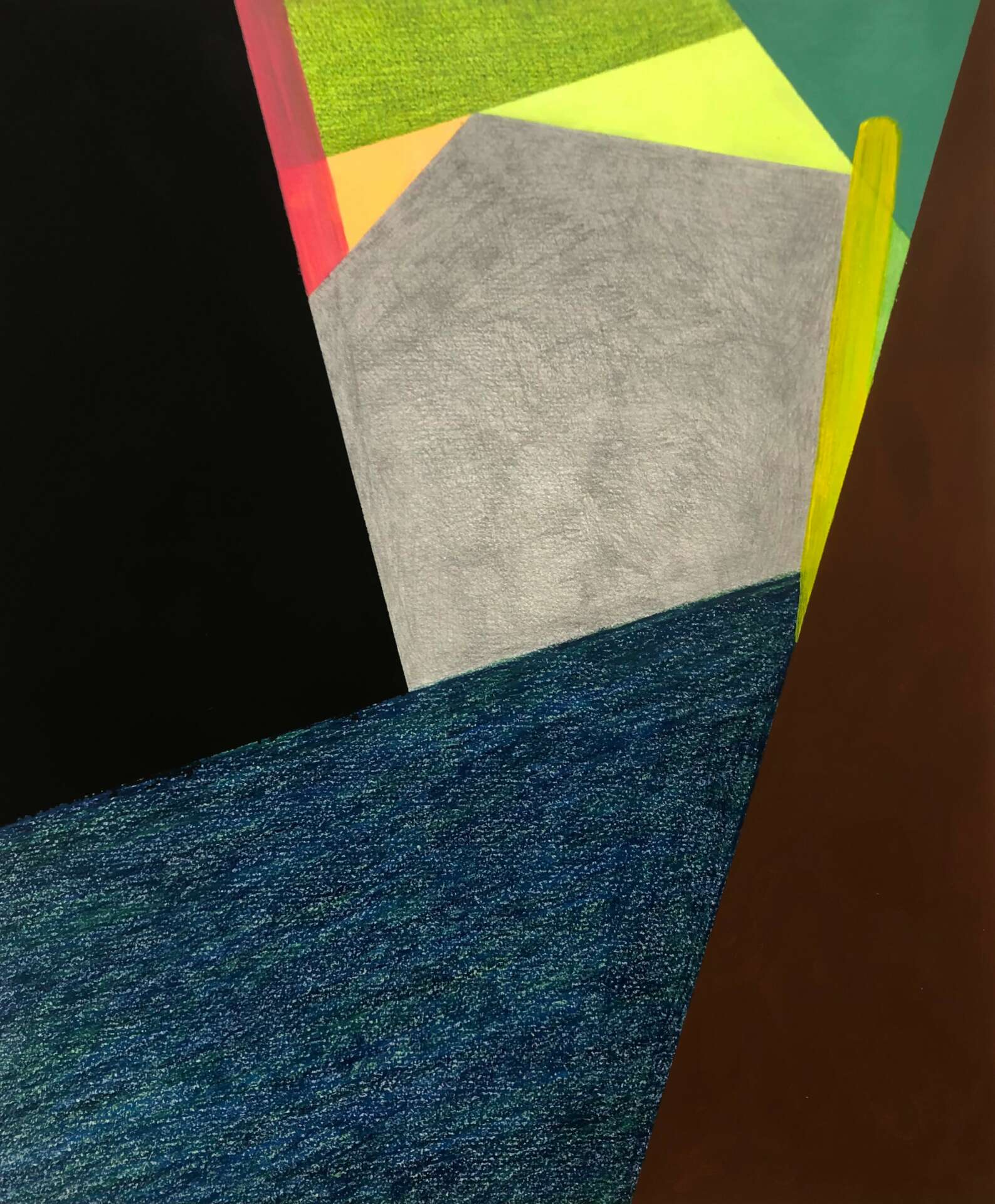
Contact Info:
- Website: ritaleduc.com
- Instagram: @ritaleduc
- Oika: www.oika.com
- GROUNDWORK: www.groundworkretreat.com
- MWM Exhibition: https://www.plymouth.edu/mwm/exhibitions/upcoming-exhibitions/
- MWM Virtual event: https://www.plymouth.edu/mwm/event/to-mean-the-world-with-us/
Image Credits
For other images, please visit www.ritaleduc.com


